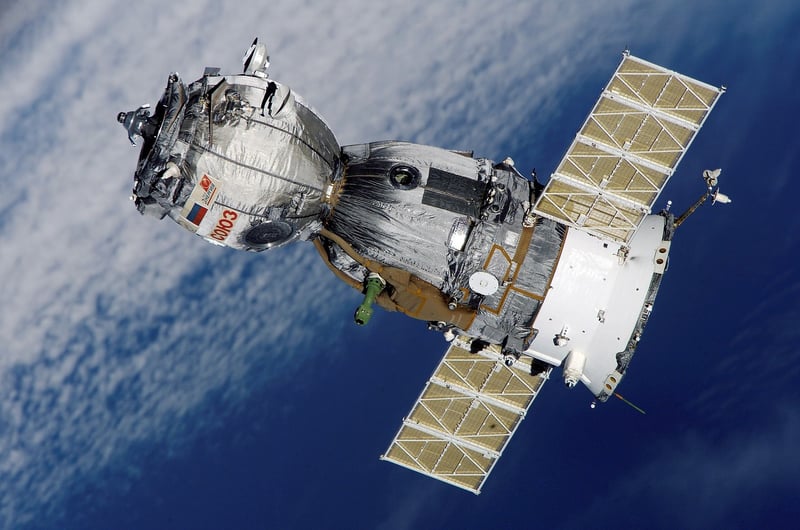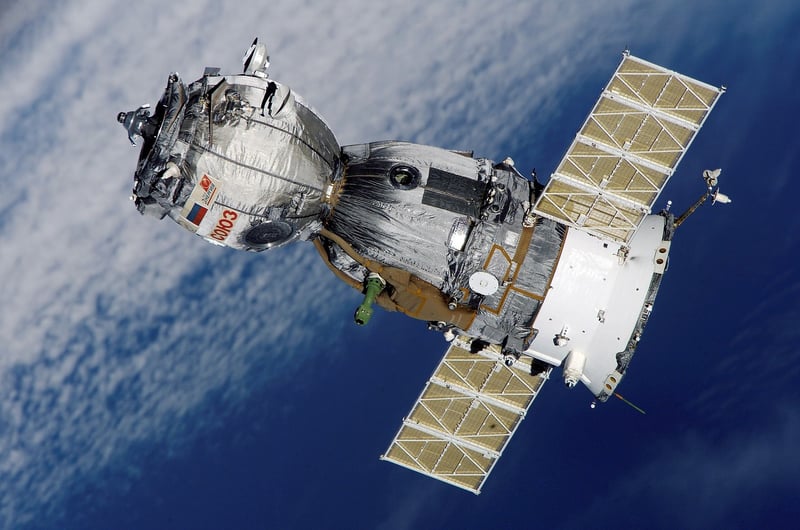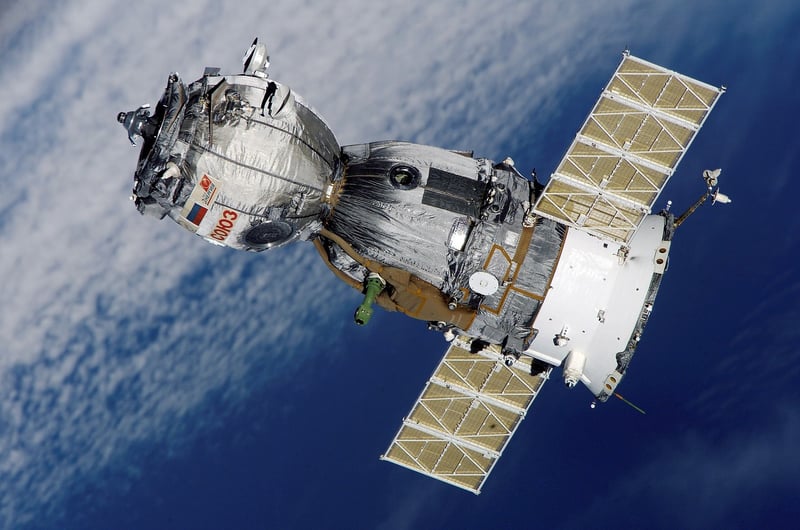Satellite Systems
The Future of Space Exploration: Innovations in Satellite Systems
Space exploration has always captivated the human imagination, and recent advancements in satellite technology have opened up new frontiers for research, communication, and understanding our universe. Let's delve into some of the groundbreaking innovations in satellite systems that are shaping the future of space exploration.
1. Small Satellites: Big Impact
One of the most significant advancements in satellite technology is the rise of small satellites, also known as CubeSats. These miniature satellites are cost-effective to build and launch, allowing for constellations of satellites to be deployed for various purposes such as Earth observation, communication, and scientific research.

2. High-Resolution Imaging
Advancements in imaging technology have enabled satellites to capture high-resolution images of Earth's surface with unprecedented detail. These images are invaluable for urban planning, agriculture, disaster response, and environmental monitoring. Satellite constellations equipped with high-resolution cameras are revolutionizing how we view and interact with our planet.

3. Inter-Satellite Communication Networks
Inter-satellite communication networks are paving the way for enhanced connectivity and data sharing in space. By establishing communication links between satellites in orbit, these networks enable real-time data transfer, collaborative missions, and improved coverage for remote areas on Earth. This innovation holds great promise for global connectivity and disaster response efforts.

4. Autonomous Satellite Operations
Autonomous satellite operations leverage artificial intelligence and machine learning algorithms to enhance satellite performance and efficiency. Satellites equipped with autonomous capabilities can make real-time decisions, adjust their orbits, and optimize their functions without human intervention. This innovation streamlines operations and enables satellites to adapt to changing mission requirements swiftly.

5. Space Debris Mitigation
As the number of satellites in orbit increases, so does the risk of collisions and space debris. Innovations in space debris mitigation technologies, such as active debris removal systems and collision avoidance algorithms, are crucial for ensuring the sustainability of space activities. By actively managing space debris, satellite systems can operate more safely and efficiently.

From small satellites revolutionizing space access to high-resolution imaging transforming Earth observation, the future of satellite systems is filled with exciting possibilities. These innovations are not only pushing the boundaries of space exploration but also enhancing our daily lives on Earth through improved communication, navigation, and environmental monitoring.
Stay tuned as we continue to witness the evolution of satellite technology and its profound impact on how we explore and understand the cosmos.
